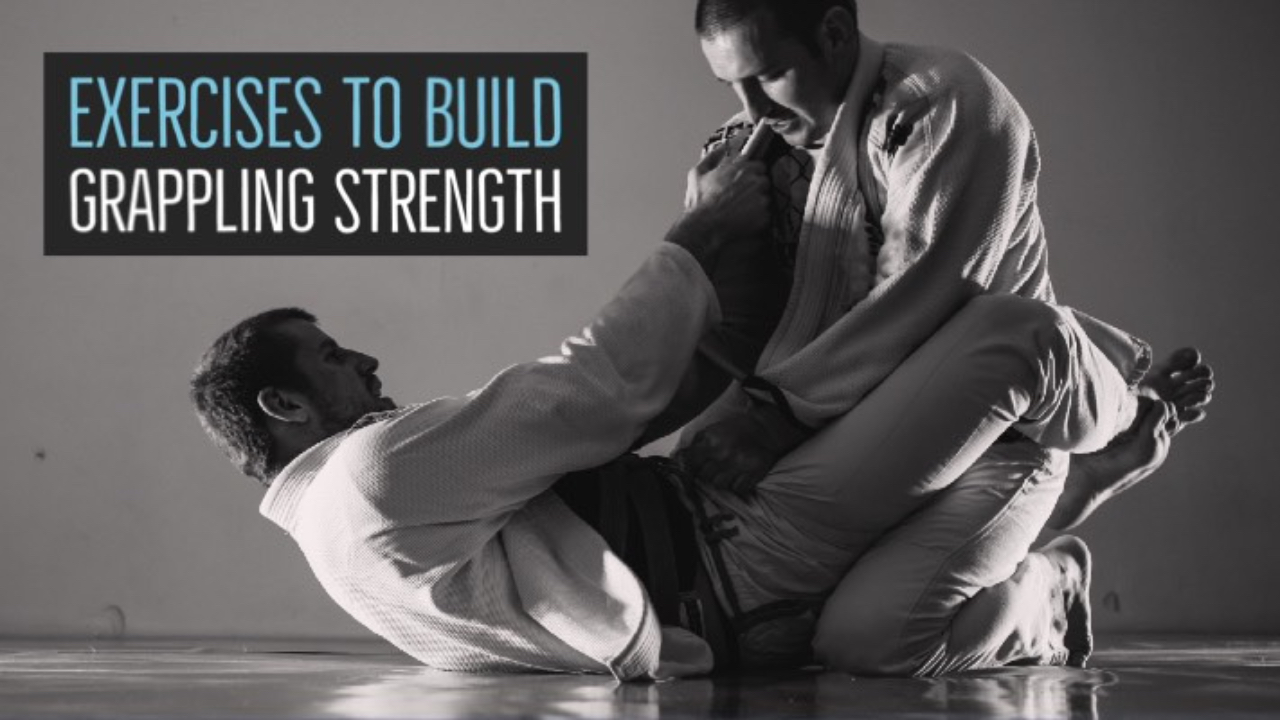How To Do A Lunge: Unleash Their Mighty Fitness Benefits
To do a lunge, step forward with one leg and lower your hips until both knees are bent at about a 90-degree angle. Lunges benefit your lower body by enhancing flexibility, balance, and strength.
Lunges are a powerhouse when it comes to fitness exercises, targeting numerous muscle groups in your lower body – your glutes, hamstrings, quadriceps, and calves all engage during this simple yet effective move. This exercise not only helps in building lean muscle but also improves your stability and posture.
Perfect for both gym enthusiasts and home workouts, lunges are versatile and can be easily incorporated into any fitness routine. Their impact on core strength cannot be overstated; as you perform a lunge, your abdominal and back muscles kick in to stabilize your entire body. Whether you’re warming up, cooling down, or powering through a high-intensity session, adding lunges to your workout regime is a smart move for a well-rounded approach to fitness.
Unleashing The Power Of Lunges
Step into a world where strength, stability, and stamina converge—welcome to the dynamic domain of lunges. This powerhouse exercise is a goldmine for anyone seeking to elevate their fitness game. With its simplicity and adaptability, the lunge is a foundational move that should be a non-negotiable in your workout regimen.
Key Reasons To Include Lunges In Your Fitness Routine
- Enhanced Balance and Coordination: Lunges mimic real-life movements, which helps in improving your functional fitness.
- Core Stability: Maintaining your posture during the movement strengthens the core muscles.
- Improved Posture and Alignment: Lunges engage your back muscles, aiding in the correction of postural imbalances.
- Flexibility: The stretching component of lunges helps increase hip flexor flexibility.
- Bilateral Training: Lunges are a unilateral exercise, which helps in correcting muscle imbalances between legs.
- Convenience: No equipment is necessary; perform lunges anywhere, anytime.
Understanding The Muscle Groups Activated By Lunges
| Primary Muscles | Secondary Muscles | Stabilizers |
|---|---|---|
| Quadriceps | Abdominals | Obliques |
| Glutes | Calves | Lower Back |
| Hamstrings | Adductors | Soleus |
Engaging these muscle groups through lunges not only builds lean muscle mass but also improves your metabolism. This occurs because working large muscle groups increases the energy (calories) your body uses both during and after your workout, promoting fat loss and muscle definition.
Perfecting The Lunge Technique
Mastering the art of the lunge not only bolsters your leg day routine, but it also ignites a powerhouse of muscle engagement, offering outstanding benefits for strength, stability, and flexibility. To reap these rewards, it is crucial to lock down the proper lunge form. Let’s take a deeper dive into how to execute this fundamental move with precision and care.
Step-by-step Guide To The Basic Lunge Form
To ensure you get the most out of your lunges, follow this simple, structured approach:
- Start with your feet> shoulder-width apart, standing tall to establish a balanced base.
- Step forward with one foot, planting the foot firmly on the ground, about two feet ahead.
- Bend both knees to lower your body toward the floor, creating a 90-degree angle in each leg. The back knee should hover just above the ground.
- Keep your upper body upright, with shoulders back and down, and core engaged.
- Press into your front heel to drive back up to the starting position.
- Repeat on the opposite leg to maintain balance and symmetry in your routine.
Common Mistakes To Avoid For Injury Prevention
Avoid these pitfalls to keep your lunge game strong and safe:
- Leaning too far forward: This can put excessive strain on your back and knee. Focus on keeping your chest up.
- Allowing your knee to extend over your toe: It can stress the knee joint. Ensure your front knee is directly above your ankle.
- Letting your knees buckle inward: This mistake can lead to injury and uneven muscle development. Keep knees in line with your toes.
- Not engaging your core: A strong core is essential for stability. Tighten your abdominal muscles throughout the movement.
Variations For Lunge Mastery
Mastering the myriad of lunge variations not only spices up your workout routine but also ensures a comprehensive lower body and core workout. Lunges are a quintessential exercise due to their multifaceted benefits, like improving balance, flexibility, and functional strength. By tweaking a classic lunge, you can tackle different muscles and movement patterns, making these exercises incredibly effective.
Static Lunges To Build Strength
Static lunges are a powerhouse for building strength in your legs and glutes. Anchor your feet in position, with one foot forward and one back, maintaining a staggered stance. As you drop your hips and bend your knees, you’ll create a potent stimulus for muscle growth. Static lunges help in developing a solid foundation by focusing on muscle tension in a fixed position, which is crucial for newcomers and strength enthusiasts alike.
Dynamic Lunges For Agility And Coordination
Dynamic lunges incorporate movement to improve your agility and coordination. By moving forward, backward or sideways in a lunge, your body has to adjust to various planes of motion. This not only enhances your proprioception but also stimulates your nervous system and challenges your balance. Exercises like walking lunges or jumping lunges are prime examples of dynamic lunges that help athletes and fitness enthusiasts become more attuned to their bodies.
Unilateral Exercises To Address Imbalances
Unilateral exercises, such as the split squat or bulgarian lunge, isolate one side of your body at a time, uncovering and addressing any imbalances. This form of training is crucial for not only athletes but also the average gym-goer. By focusing on one leg, you ensure that both sides do equal work, preventing the stronger side from taking over. This results in a balanced development of leg muscles and reduces the risk of injury.
Amplifying The Lunge Workout
If lunges already form part of your fitness regime, it’s time to amplify your workout and take it to the next level. Lunges are not just an exceptional lower-body exercise; they’re versatile, functional, and can be modified for increased difficulty and gains. Whether you’re looking to build strength, endurance, or muscle definition, tailoring your lunge workout is key to continued progress. Let’s explore how you can ramp up the intensity and benefits of your lunge exercises.
How To Increase The Difficulty Of Your Lunges
Progressive overload is essential for muscle growth and strength. By increasing the challenge of your lunges, you can continue to see improvements. Here are several effective ways to boost the difficulty:
- Depth: Sink deeper into each lunge for a greater range of motion.
- Tempo: Slow down your movements, particularly the downward phase, to increase muscle tension.
- Plyometric Lunges: Introduce explosive movements like jump lunges to engage fast-twitch muscle fibers.
- Uneven Surfaces: Perform lunges on uneven surfaces to engage stabilizing muscles.
- Isometric Holds: Pause and hold at the bottom of the lunge to significantly increase muscle strain.
Integrating Weights And Resistance For Maximum Gains
Weights and resistance are powerful tools for amplifying the challenge and effectiveness of your lunge workouts. Adding these elements forces your muscles to adapt and grow stronger. Explore these integrations:
| Integration | Description | Benefits |
|---|---|---|
| Dumbbells | Hold a pair of dumbbells at your sides while you lunge. | Adds extra weight, improving strength and endurance. |
| Barbell | Place a barbell across your shoulders. | Increases overall body tension and focus on form. |
| Kettlebells | Use a kettlebell for goblet lunges. | Improves core stability and adds a cardiovascular element. |
| Resistance Bands | Place a resistance band around your thighs or ankles. | Enhances muscle activation, particularly in the glutes and legs. |
Including weights and resistance not only enhances the intensity of your lunges but also ensures that your muscles don’t become complacent. By constantly challenging your muscle groups, you’re setting the stage for maximum gains in strength, balance, and muscle development. Remember to increase the weight or resistance level gradually to avoid injury and ensure consistent progression.
Whether you’re a beginner or a seasoned athlete, modifying your lunge workout can help you smash plateaus and achieve your fitness goals more effectively. Experiment with these variations and resistances to keep your routine engaging and your muscles guessing!
How To Do A Lunge: Sustaining Your Progress
Mastering the art of lunging means more than just performing a lunge correctly once or twice. It’s about incorporating this powerhouse exercise into your regular fitness routine and continually challenging your muscles for sustained progress. In this section, we will unravel some effective strategies to ensure that your lunge practice not only remains consistent over time but also contributes significantly to your overall fitness goals. Whether you’re a beginner or an avid fitness enthusiast, these tips will help enhance your technique, endurance, and strength.
Tips For Consistent Improvement Over Time
- Vary Your Routine: Mix up your workouts by including different lunge variations such as side lunges, reverse lunges, and walking lunges. This diversity not only prevents boredom but also targets different muscle groups.
- Focus on Form: Keep refining your technique. Ensure your front knee does not extend beyond your toes and your back is straight. A proper form is crucial for preventing injuries and getting the most out of your lunges.
- Increase Intensity Gradually: As you get stronger, add weights like dumbbells or a barbell to increase resistance, or try more challenging variations to keep the muscles adapting.
- Consistent Practice: Commit to a regular lunge routine, setting aside specific days and times to practice. Consistency is key for muscle memory and improvement.
- Rest and Recover: Muscles need time to repair and strengthen after a workout. Ensure you’re getting enough rest and not overtraining.
Setting Goals And Tracking Lunges For Ongoing Benefits
Goal setting is a powerful motivator for sustaining exercise habits. Start by setting achievable targets, such as a certain number of lunges per set or incorporating lunges into your routine three times a week.
| Week | Lunges Per Session | Notes |
|---|---|---|
| 1 | 10 per leg | Getting started |
| 2 | 15 per leg | Feeling stronger |
| 3 | 20 per leg | Incorporated weights |
Recording your exercises, either in a fitness app or a workout journal, can give you a clear picture of your progress and can motivate you to keep pushing your limits. Tracking helps to ensure consistent improvement and helps to appreciate the effort put in over time.
Reflect on your achievements regularly and adjust your goals accordingly. As your fitness level increases, so should your goals. The gratification of hitting new targets can be tremendously rewarding and propels you further on your fitness journey.

Credit: www.getphysical.com
Conclusion
Mastering lunges unlocks incredible benefits for your body. They enhance balance, build muscle, and boost flexibility. Embrace this power move and feel your strength surge. Start lunging today for a fitter tomorrow. Witness the transformation lunges bring, step by powerful step.
Let’s get moving!
Table of Contents


